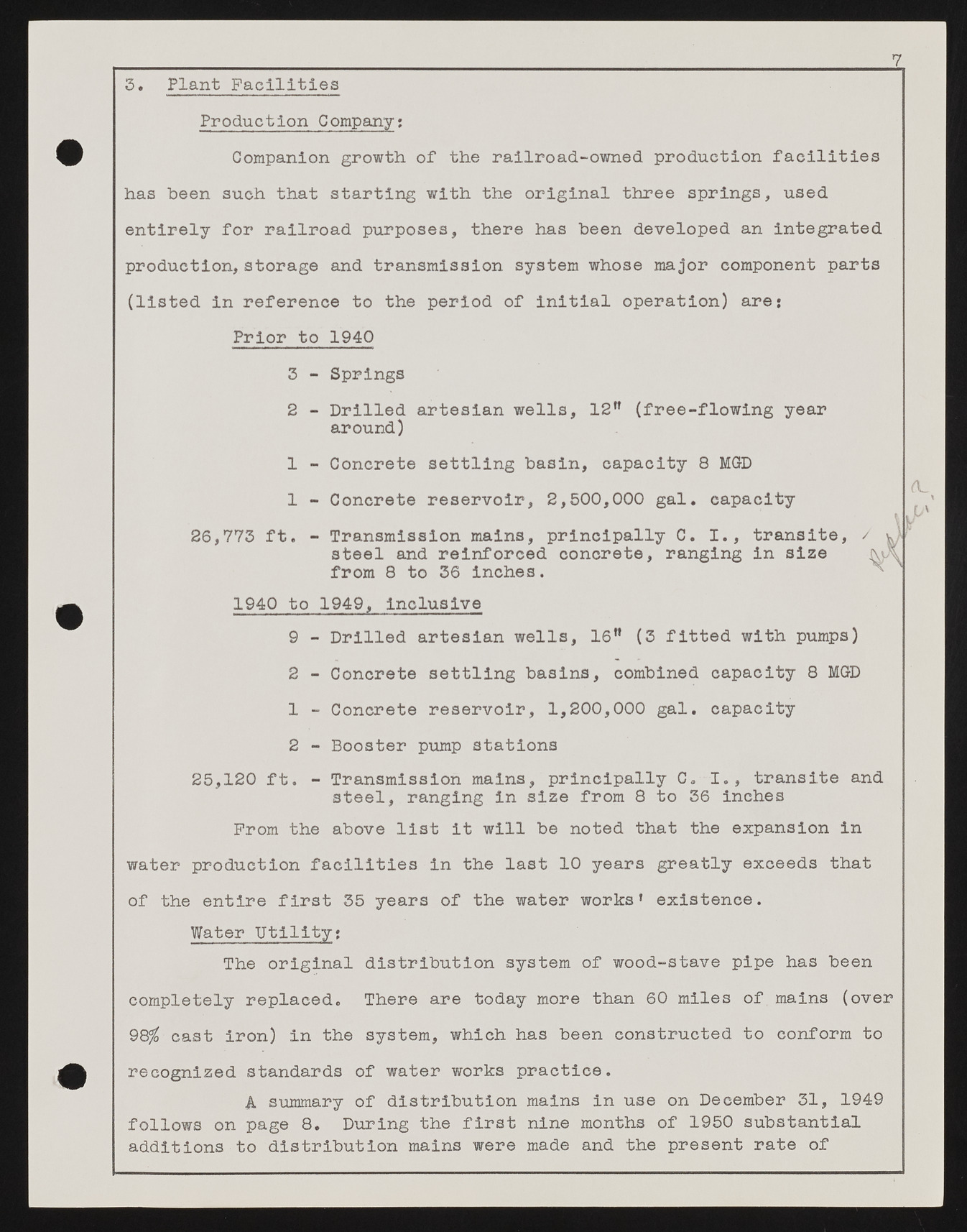Copyright & Fair-use Agreement
UNLV Special Collections provides copies of materials to facilitate private study, scholarship, or research. Material not in the public domain may be used according to fair use of copyrighted materials as defined by copyright law. Please cite us.
Please note that UNLV may not own the copyright to these materials and cannot provide permission to publish or distribute materials when UNLV is not the copyright holder. The user is solely responsible for determining the copyright status of materials and obtaining permission to use material from the copyright holder and for determining whether any permissions relating to any other rights are necessary for the intended use, and for obtaining all required permissions beyond that allowed by fair use.
Read more about our reproduction and use policy.
I agree.Information
Digital ID
Permalink
Details
Member of
More Info
Rights
Digital Provenance
Publisher
Transcription
7 3. Plant Facilities Production Company: Companion growth, of the railroad-owned production facilities has been such that starting with the original three springs, used entirely for railroad purposes, there has been developed an integrated production, storage and transmission system whose major component parts (listed in reference to the period of initial operation) are; Prior to 1940 3 - Springs 2 - Drilled artesian wells, 12n (free-flowing year around) 1 - Concrete settling basin, capacity 8 MGD 1 - Concrete reservoir, 2,500,000 gal, capacity 26,773 ft. - Transmission mains, principally C. I,, transits, steel and reinforced concrete, ranging in size from 8 to 36 inches. 1940 to 1949, inclusive 9 - Drilled artesian wells, 16n (3 fitted with pumps) 2 - Concrete settling basins, combined capacity 8 MGD 1 - Concrete reservoir, 1,200,000 gal. capacity 2 - Booster pump stations 25,120 ft. - Transmission mains, principally C. I., transite and steel, ranging in size from 8 to 36 inches Prom the above list it will be noted that the expansion in water production facilities in the last 10 years greatly exceeds that of the entire first 35 years of the water works’ existence. Water Utility; The original distribution system of wood-stave pipe has been completely replaced. There are today more than 60 miles of mains (over 98$ cast iron) in the system, which has been constructed to conform to recognized standards of water works practice. A summary of distribution mains in use on December 31, 1949 follows on page 8 . During the first nine months of 1950 substantial additions to distribution mains were made and the present rate of

